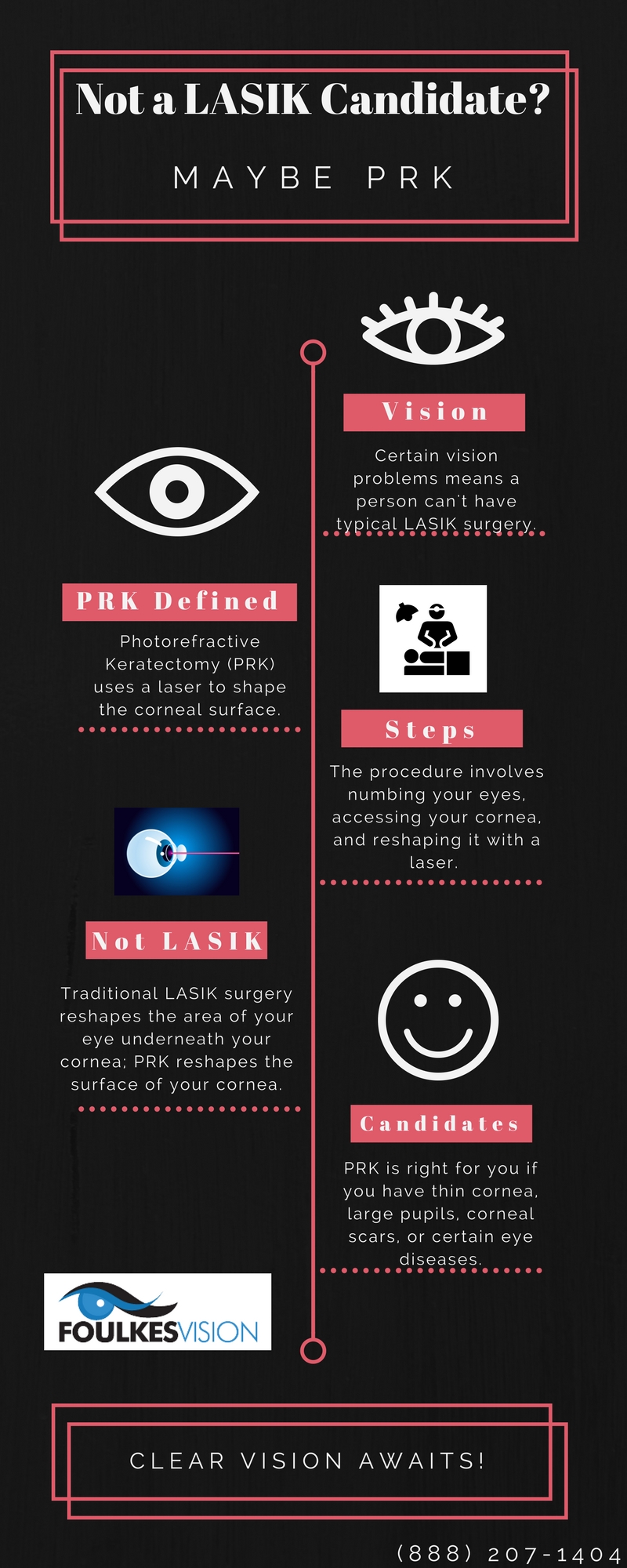Just How Does SMILE Eye Surgical Procedure Contrast To LASIK And PRK?
Just How Does SMILE Eye Surgical Procedure Contrast To LASIK And PRK?
Blog Article
Content Created By-Foss Osborne
If you've been considering SMILE eye surgical treatment, you may ask yourself just how it compares to LASIK and PRK. Each procedure has its very own collection of advantages and factors to consider. From quicker recovery times to prospective risks, there are crucial differences you must be aware of before deciding. Comprehending these differences will assist you make an informed option that straightens with your particular requirements and assumptions. Curious to know even more concerning exactly how these procedures contrast carefully? Go on checking out to obtain a comprehensive understanding of SMILE, LASIK, and PRK.
SMILE Eye Surgery Introduction
If you're thinking about SMILE eye surgical procedure, you'll locate it to be a minimally invasive procedure with a fast recovery time. During SMILE (Little Cut Lenticule Extraction), a laser is used to create a little, accurate incision in the cornea to eliminate a little item of tissue, improving it to remedy your vision. This varies from LASIK, where a flap is created, and PRK, where the external layer of the cornea is completely gotten rid of.
One of the vital advantages of SMILE is its minimally intrusive nature, causing a faster recovery procedure and much less pain post-surgery. The recovery time for SMILE is relatively quick, with many patients experiencing boosted vision within a day or more. This makes it a preferred choice for those looking for a hassle-free and efficient vision modification treatment. In addition, SMILE has been shown to have a reduced danger of dry eye disorder compared to LASIK, making it a positive choice for individuals worried concerning this prospective negative effects.
Differences Between SMILE, LASIK, and PRK
When comparing SMILE, LASIK, and PRK eye surgeries, it is very important to recognize the distinct strategies used in each procedure for vision correction.
cataract surgery after (Small Incision Lenticule Extraction) is a minimally invasive procedure that includes creating a small cut to extract a lenticule from the cornea, improving it to deal with vision.
LASIK (Laser-Assisted In Situ Keratomileusis) entails developing a thin flap on the cornea, using a laser to improve the underlying tissue, and after that repositioning the flap.
PRK (Photorefractive Keratectomy) eliminates the external layer of the cornea before reshaping the cells with a laser.
https://tlc-affiliated-doctors50505.blogchaat.com/27704101/are-you-interested-concerning-the-old-origins-and-modern-developments-in-glaucoma-treatment-approaches on the method the cornea is accessed and dealt with. SMILE is flapless, making it a good choice for people with thin corneas or those involved in call sports. LASIK supplies quick visual recuperation because of the flap production, yet it might pose a greater threat of flap-related problems. PRK, although having a longer recuperation duration, stays clear of flap-related concerns entirely.
Understanding these variances is vital in picking one of the most ideal treatment for your vision correction requirements.
Pros and Cons Contrast
To evaluate the benefits and disadvantages of SMILE, LASIK, and PRK eye surgical procedures, it's necessary to think about the details advantages and prospective constraints of each treatment. SMILE surgery supplies the advantage of a minimally intrusive procedure, with a smaller laceration and possibly quicker recuperation time contrasted to LASIK and PRK. It additionally reduces the threat of completely dry eye post-surgery, a typical adverse effects of LASIK. Nonetheless, cataract surgery by phaco may have restrictions in dealing with higher levels of nearsightedness or astigmatism contrasted to LASIK.
LASIK surgical treatment gives rapid visual recovery and minimal pain throughout the procedure. https://claytonkfytn.slypage.com/28159401/tomorrow-s-vision-revolutionizing-cataract-treatment-with-cutting-edge-techniques 's extremely efficient in treating a vast array of refractive errors, including nearsightedness, hyperopia, and astigmatism. Yet, LASIK brings a risk of flap problems, which can affect the corneal framework.
PRK eye surgical procedure, while not as prominent as LASIK, stays clear of producing a corneal flap, decreasing the threat of flap-related difficulties. It appropriates for patients with slim corneas or irregular corneal surfaces. However, PRK has a much longer recovery time and might involve more pain throughout the healing procedure.
Verdict
So, when it involves selecting between SMILE, LASIK, and PRK, think of it like selecting the perfect set of shoes. SMILE is like a smooth, comfy set of tennis shoes - fast and very easy.
LASIK is a lot more like fashionable high heels - showy and quick, yet with some prospective dangers.
PRK resembles tough treking boots - reputable and durable, yet requiring a bit even more time and effort.
Ultimately, the most effective choice depends on your specific requirements and preferences.
